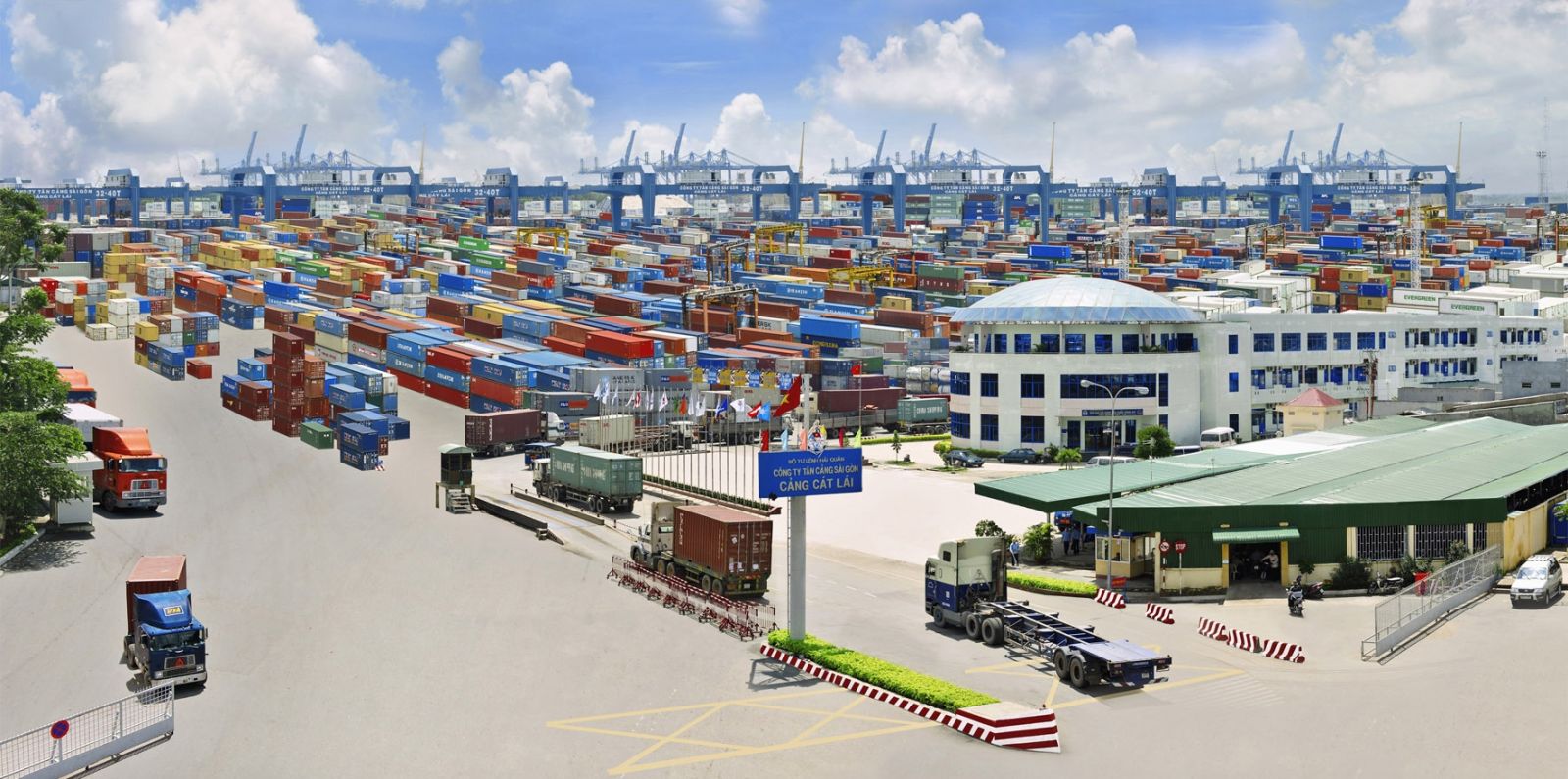Vietnam: Trade deficit remains under control
Besides, the Ministry of Industry & Trade also focuses on removing difficulties and facilitating production, using locally made goods instead of imported goods; actively implementing policies and measures to develop distribution channels, facilitating programs connecting supply – demand for goods consumption; creating chances for cooperation between manufacturers of machineries, equipment and input materials, and enterprises in need of these machineries, equipment and input materials.
At the same time, it is important to continue implementing the strategy of domestic market expansion with close relation to campaign “Vietnamese customers give priority to Vietnamese goods”, aiming to increase the consumption of locally made goods instead of imported goods. On the other hand, it is essential to take advantage of safeguard measures as efficient instrument to control import; in which, many anti-dumping policies have proved efficiency against steels imported from China, Indonesia or Malaysia.
With efforts and determination in controlling trade deficit, there has been significant progress in Vietnam’s trade balance in recent times. In period 2006 – 2010, Vietnam was one of countries with large trade deficit in the world (US$ 12.5 billion USD annually); in period 2011 – 2015, trade deficit had been reduced to nearly US$2 billion per year (in 2015, trade deficit of US$3.5 billion, which was equivalent to 2.2% of total export value); since 2016, Vietnam’s trade balance has shifted from trade deficit to trade surplus. Specifically, in 2016, Vietnam had trade surplus of US$1.78 billion, while in 2017, this number has increased to US$ 2.72 billion.
In 2017, Vietnam’s import value reached US$ 211.1 billion, up 20.8%% or US$ 36.3 billion compared to 2016. Currently, Vietnam is having the largest trade deficit with Korea. Trade deficit from the Chinese market is expected to reach US$ 23.2 billion, reducing 17.4% or US$4.9 billion compared to last year. Meanwhile, Korea has had trade surplus to Vietnam at US$ 31.8 billion USD, up 53.4%, or equivalent to US$ 11.1 billion.
With the current trade structure in 2017, imported goods are mainly products with purpose of production and consumption, while imported goods for direct consumption only account for a small proportion, which continue to be in declining trend. The Ministry of Industry & Trade will continue monitor and review import activities, especially imported goods with high growth rate such as steel or cars, so that administrative agencies to have efficient controlling measures, at the same time to provide supporting policies and facilitating production locally.


 Thailand
Thailand




